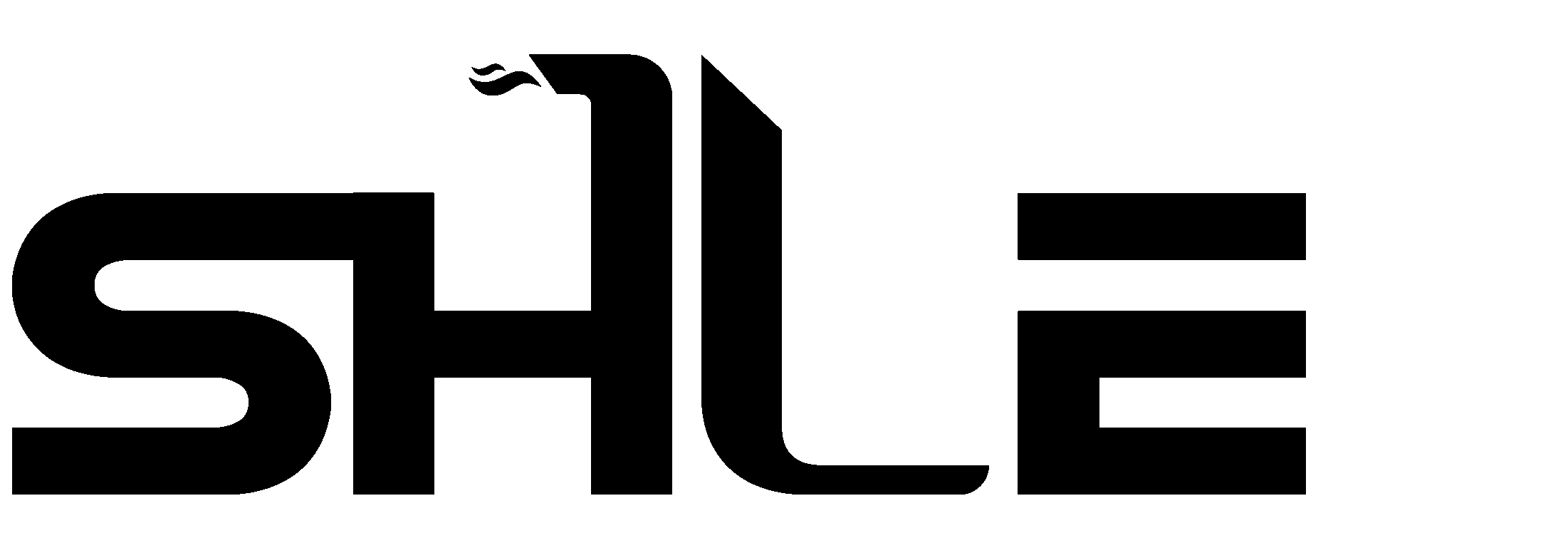Call us:(86)13287951690
Brake drum parts: dust cover & shaft head
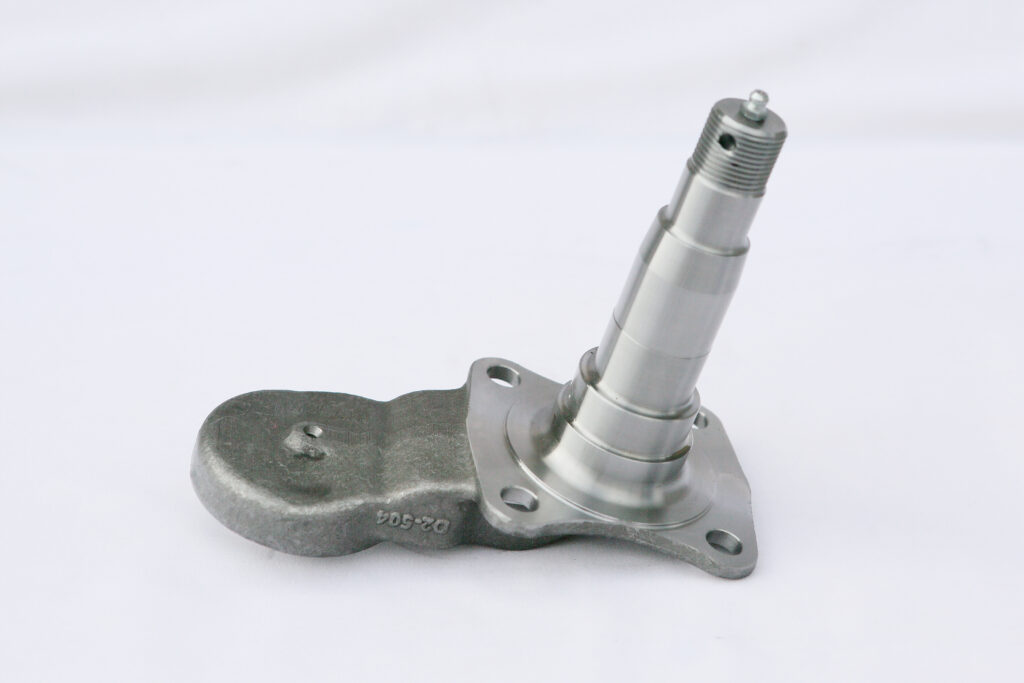
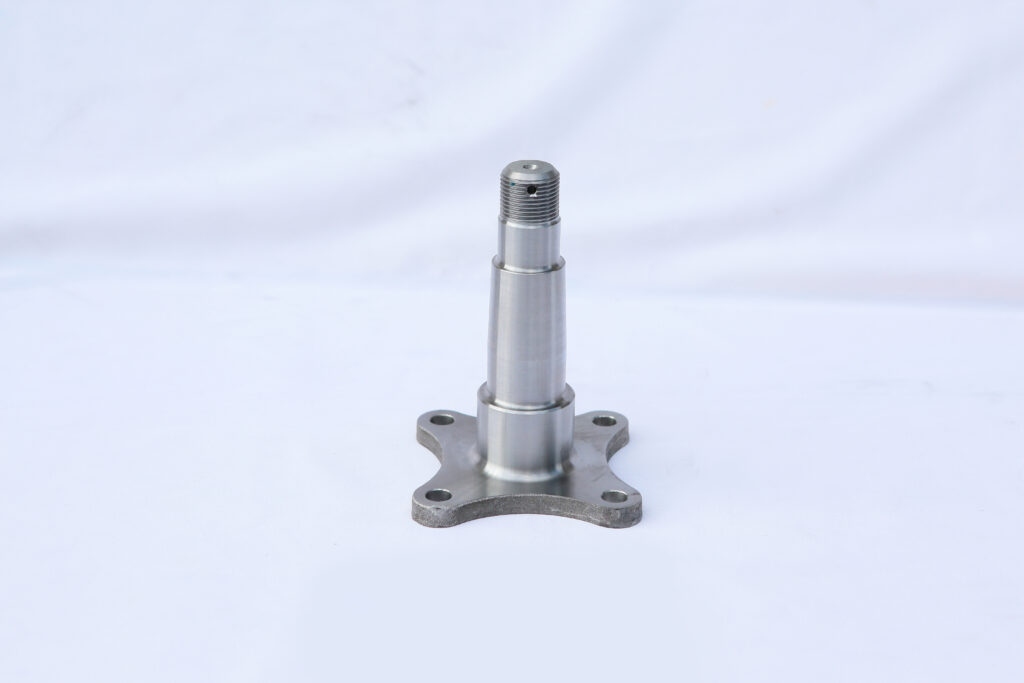
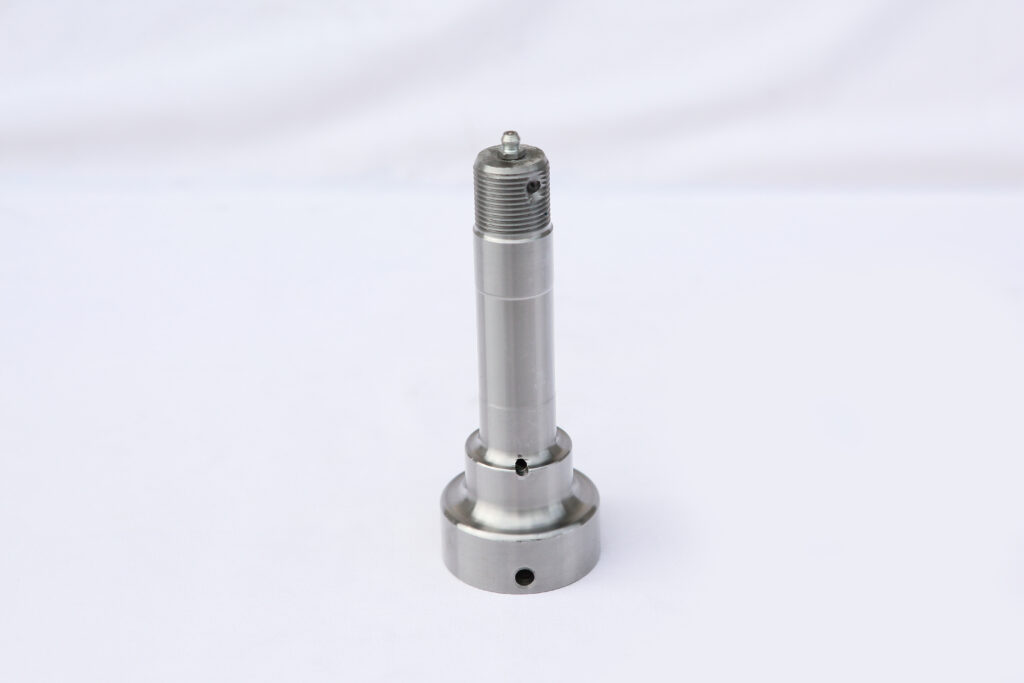
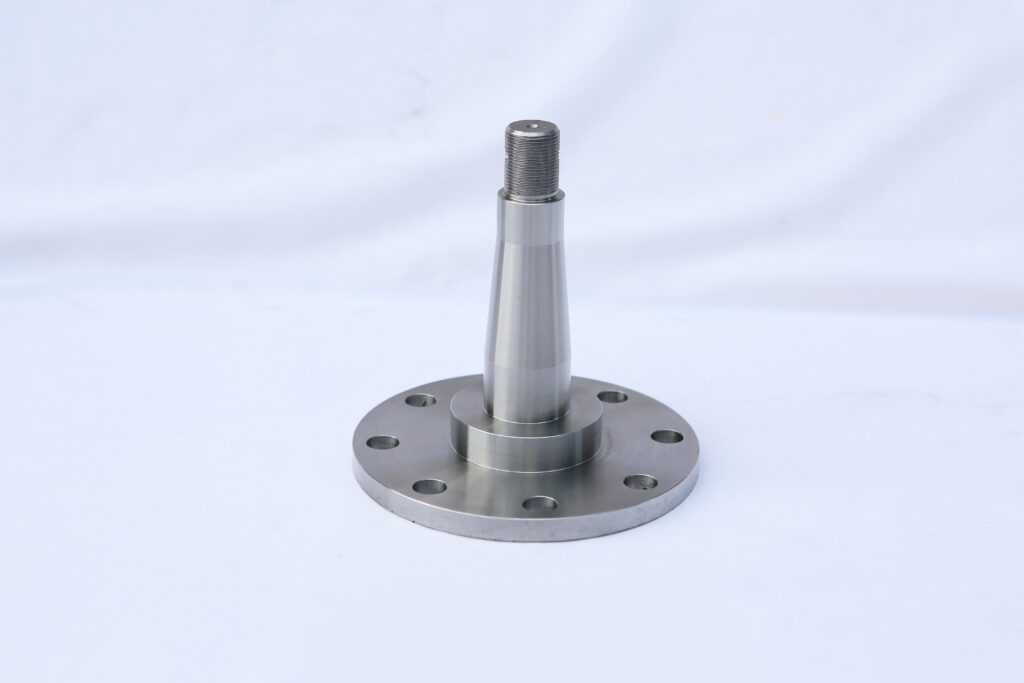
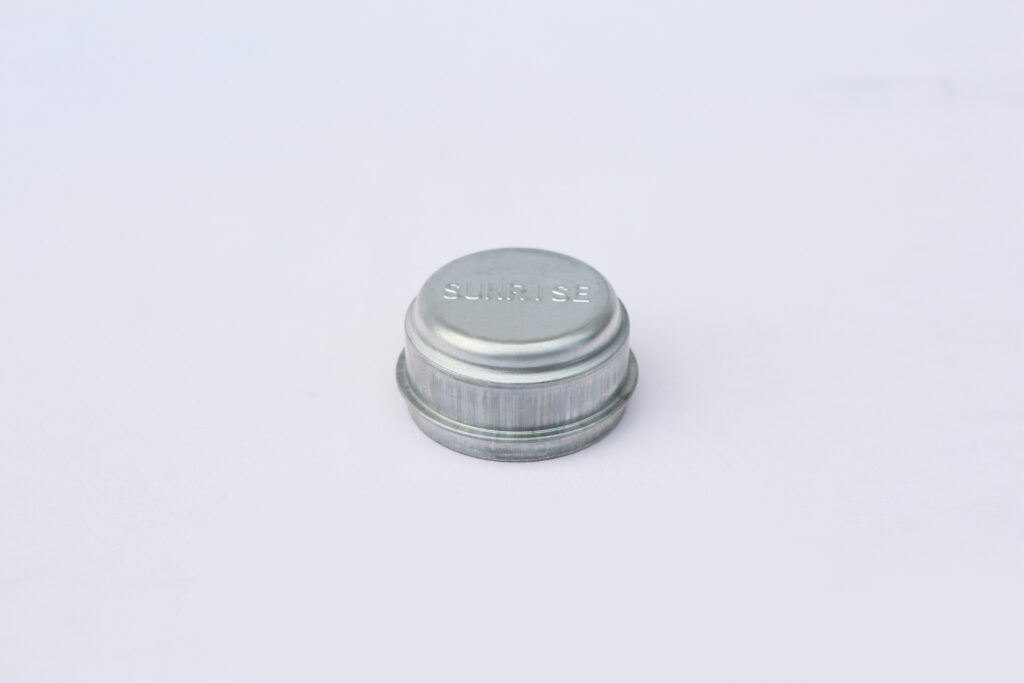
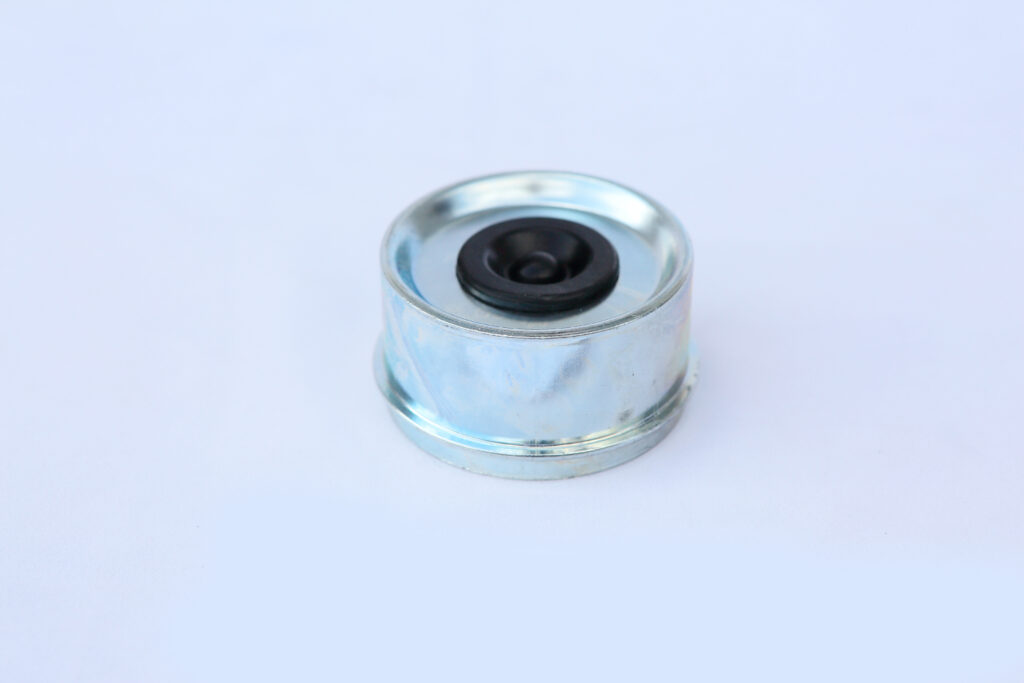
2. Dust Cover
The dust cover is a seemingly simple but crucial protective component.
Function and Purpose
Core Function: Prevents contaminants such as dust, sand, rainwater, and salt from entering the wheel hub bearing.
Maintaining Lubrication: Protects the grease in the bearing from contamination and loss, ensuring long-term proper operation and extending its service life.
Aesthetics: Enhances the wheel’s appearance and overall aesthetics. Many dust covers feature brand logos for identification purposes.
Common Materials
Stamped steel: The most common, low-cost, and strong material. The surface is typically electroplated (zinc, chrome) or painted to prevent rust.
Plastics (such as ABS and nylon): Lightweight, rust-resistant, offering greater styling freedom and competitive cost, making them increasingly popular.
Aluminum Alloy: Primarily used in high-end vehicles or the aftermarket, combining lightweight and aesthetically pleasing materials.
Manufacturing Process
Stamped steel: Cutting → Stamping → Trimming → Surface Treatment (Electroplating/Painting).
Plastic Parts: Injection Molding → Trimming the Sprues → (Electroplating/Painting).
Aluminum Alloy Parts: Stamping or Casting → Machining → Polishing/Painting.
Key Quality Points
Sealing: The fit with the axle or wheel hub must be tight, typically designed with a snap-fit or interference fit to prevent dislodging during vehicle vibration.
Rust/Weather Resistance: The surface treatment must withstand harsh environments and prevent rust and aging.
Dimensional Consistency: Ensure smooth installation and secure fit.
3. Axle Joint
The axle joint is a key load-bearing and transmission component that connects the braking system, wheel hub bearing, and wheel.
Function and Role
Mounting Base: It is the direct mounting component for the wheel hub bearing, brake drum/disc, and wheel.
Torque Transmission: For the drive wheels, the axle joint (or steering knuckle journal) is connected to the drive shaft via splines or bolts, transmitting engine power to the wheels.
Load-bearing capacity: Bears the vehicle’s vertical loads as well as the significant lateral and longitudinal forces generated during cornering and braking.
Common Materials: Medium carbon steel or alloy structural steel (e.g., 45#, 40Cr): Requires excellent strength and toughness and is typically forged.
High-strength cast iron: Used for some non-drive wheel axle ends.
Manufacturing Process: Forging is the core process to ensure mechanical properties.
Process Flow: Cutting → Heating → Forging → Normalizing/Quenching and Tempering Heat Treatment → Machining (Lathing, Milling, Drilling) → Grinding (Key Areas) → Cleaning/Rust Prevention.
Quality Key Points: Mechanical Properties: Strength, hardness, and toughness must be rigorously guaranteed through heat treatment.
Dimensional Accuracy: Extremely high dimensional tolerances, roundness, and surface finish are particularly important for the journal area where the bearing is mounted, directly impacting bearing life and smooth operation.
Geometric Tolerances: Concentricity and perpendicularity of the mounting surfaces are crucial.
No defects: Forgings must not have defects such as cracks and folds.
